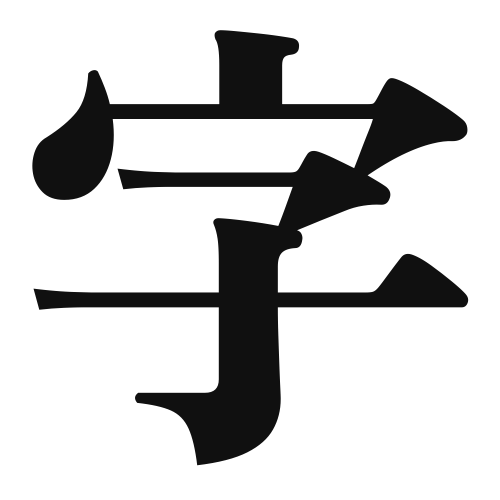1. Overview of Meaning
The kanji “字” (ji) means “character” or “letter.” It refers to written symbols used in languages, particularly in the context of Chinese and Japanese writing systems.
2. Formation and Radicals
The kanji “字” is a phonetic-ideographic character, which means it combines both meaning and sound. The left part, “子” (ko), represents “child” and contributes to the phonetic aspect, while the right part, “z” (the radical), indicates its meaning related to writing.
The radical for “字” is “子,” which often relates to children or small things, but in this context, it helps convey the idea of a written character.
3. Examples of Usage
Common words and phrases that include “字” are:
- 漢字 (kanji) – Chinese characters
- 文字 (moji) – script or writing
- 字典 (jiten) – dictionary
Example sentences in daily conversation:
- この字は難しいです。 (Kono ji wa muzukashii desu.) – This character is difficult.
- あなたの名前の字は何ですか? (Anata no namae no ji wa nan desu ka?) – What is the character of your name?
4. Synonyms and Antonyms
Similar kanji with related meanings include:
- 文字 (moji) – This refers more broadly to letters or writing, while “字” specifically refers to individual characters.
Antonyms include:
- 無 (mu) – meaning “nothing” or “absence,” which contrasts with the idea of a written character.
5. Cultural and Historical Background
The kanji “字” is deeply rooted in Japanese culture, as it is essential for literacy and communication. It reflects the importance of written language in conveying thoughts and ideas.
Proverbs and idiomatic expressions that include “字” are:
- 字は人を表す (Ji wa hito o arawasu) – “Characters represent a person,” emphasizing how writing reflects one’s identity.
